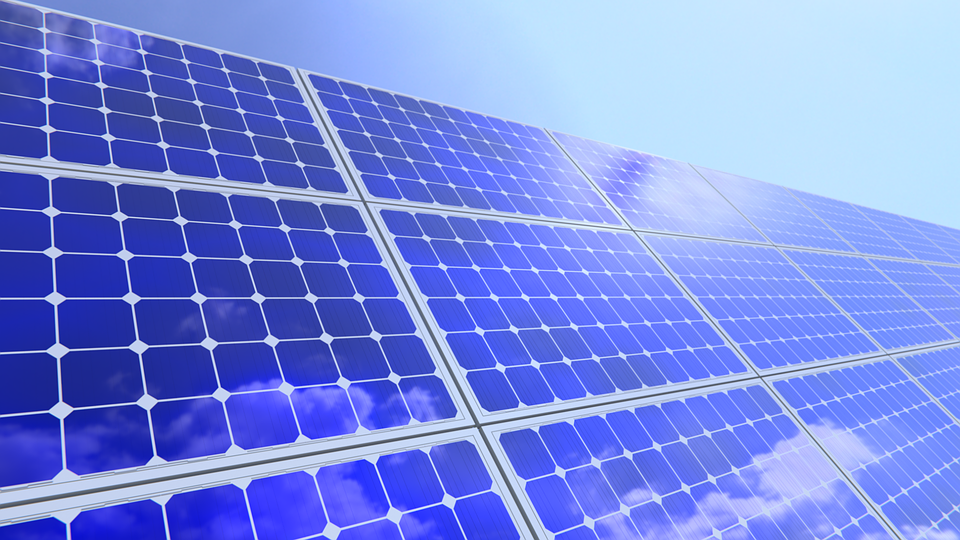How solar panels can save everyone money
When talking about the benefits of solar energy, one challenge always makes its way into the conversation: cost. While many see solar as a costly alternative to conventional means of generating electricity, a study out of Boston University is showing how solar not only saves those who own panels money, but even those who generate electricity conventionally.
According to the study, the 40,000 solar panels deployed in Massachusetts have effectively cut electricity prices for the nearly three million power users in the state (even those households and businesses not utilizing the panels).
“Until now, people have focused on how much was being saved by those who owned PV,” says Robert Kaufmann, professor of Earth and environment at Boston University. “What this analysis quantified was that it actually generates savings for everybody.”
[READ: “Lower electricity prices and greenhouse gas emissions due to rooftop solar: empirical results for Massachusetts“]
The rise of solar
In the United States alone, there are about one million solar installments accounting for one percent of the country’s total energy production. The over 22,000 MW of power generated from these panels can provide electricity to more than 4.5 million American homes.
The role that solar continues to play in our energy landscape was thought nearly impossible just a few years ago. Looking back to 1996, residential electricity produced from conventional means sold at about eight cents per kWh. With the cost of electricity generated from solar resting at around 60 cents per kWh during the same time, many believed that solar was just too expensive to be a viable alternative energy.
Fast-forward to 2015 and we begin to see the tides turn. Currently, residential electricity from conventional means costs about 12 cents per kWh – the same exact price of electricity generated via solar panels (not accounting for instillation costs and energy storage systems).
James Fenton, director of the University of Central Florida’s Florida Solar Energy Center and ECS Secretary, predicts that by 2020, conventional means of generating electricity will cost around 14 cents per kWh, where solar generated electricity could be as low as seven cent per kWh.
“In 2013 it slowly crossed over. Not the total amount that is already here, but in the new additions,” Fenton told ECS in a previous article. “For wind and solar, their cost to produce electricity is actually cheaper than conventional ways of making power today.”
[READ: “Energy (R)evolution“]And solar continues to be one of the fast growing energy technologies in the United States. According to Solar Energy USA, solar accounted for over 50 percent of all new United States power generation last year.
Offsetting energy demand
But according to the new study out of Boston University, solar panels not only benefit those who have them installed on their rooftops, but everyone in the community.
Electricity is at its premium in the hot summer months. With people soaking up energy by running air conditioners, solar panels are getting the most amount of sunlight of the season and helping to offset some of that energy demand for all ratepayers.
This from Boston University via Futurity:
When a PV system generates electricity, it goes directly into the grid, which is the network of connected power stations and transmission lines that brings electricity to individual customers. Utility companies can use the electricity from PV systems—which is highest in the summer months—rather than turning to those inefficient, more expensive power plants. By not turning on those expensive power plants, each kilowatt hour of electricity generated by PV systems reduces electricity prices by about 1 cent per kilowatt hour. (In 2015, residential customers were charged about 15 cents per kilowatt hour.)
The move away from big energy plants toward small, interconnected energy harvesting devices has the potential to change the country’s energy landscape.


